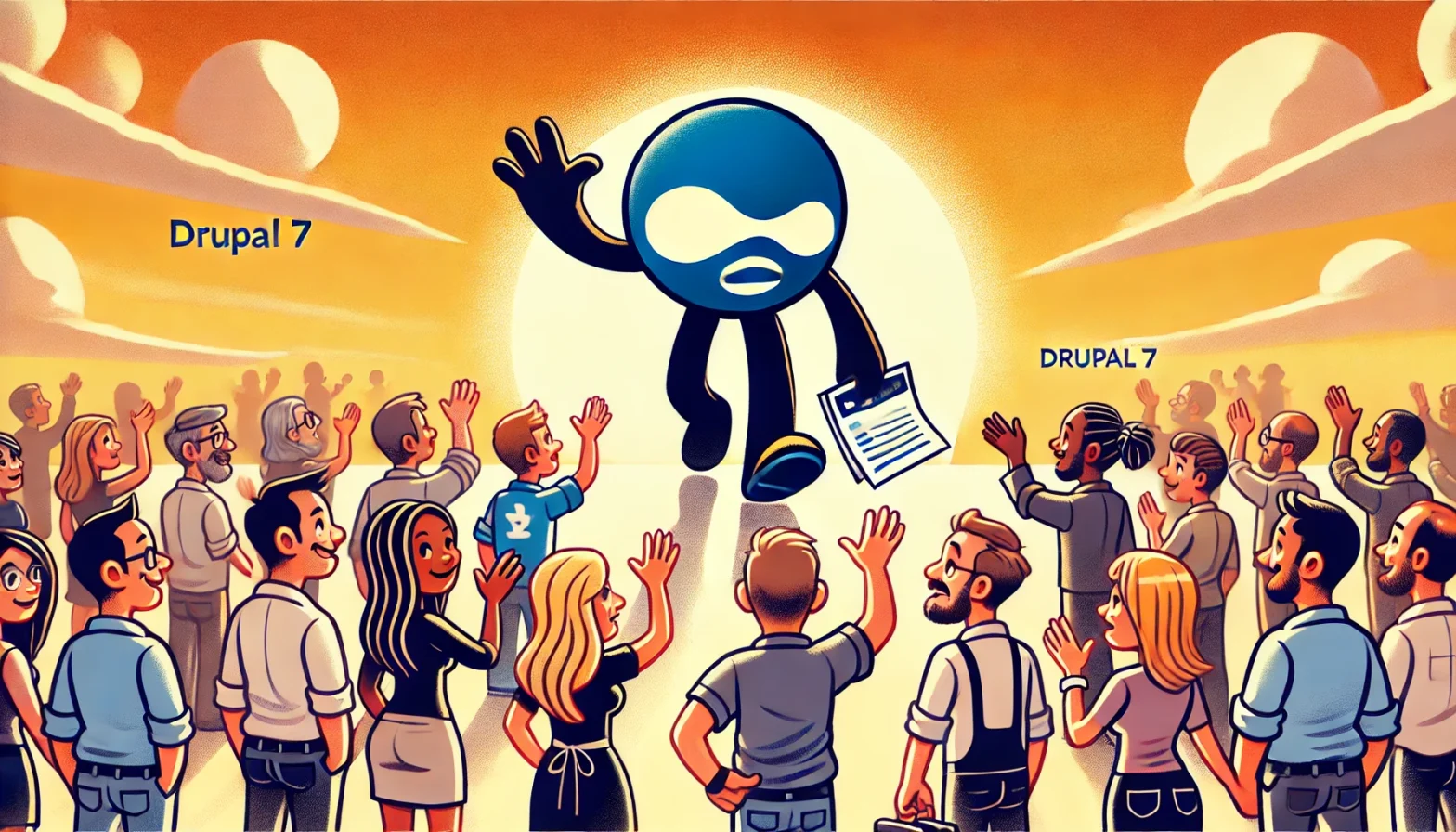After 14 years of powering websites worldwide, Drupal 7 officially reached its end of life (EOL) on 5 January 2025. This marks the end of an era for this version of a content management system (CMS) that has been a staple for businesses, organisations, and developers for over a decade.
At Enbecom, we want to take a moment to acknowledge the immense contributions of the Drupal development community—from core maintainers and module developers to site builders and everyday users. Your dedication has kept Drupal 7 secure, functional, and innovative far beyond its original lifespan. Thank you for making it one of the most influential open-source CMS platforms in history.
Now that official community support has ended, Drupal 7 website owners must take immediate action to ensure their sites remain secure, functional, and compatible with modern web standards.
How long did Drupal 7 last?
Drupal 7 was first released on 5 January 2011, meaning it has been supported for exactly 14 years—an incredibly long time in the world of web technology. Originally, Drupal 7’s EOL was planned for November 2021, but due to the widespread use of the platform and the impact of the COVID-19 pandemic, support was extended multiple times. This allowed more site owners to plan their migrations properly.
However, now that the EOL date has passed, official security updates, bug fixes, and community support are no longer available, leaving Drupal 7 sites at significant risk.
What should Drupal 7 site owners do now?
With Drupal 7 now officially unsupported, website owners have two main options:
1. Upgrade to Drupal 10 or 11 (recommended option)
Drupal 10 and Drupal 11 are both stable releases, offering:
- Modern architecture with better performance and security
- An improved admin experience via Claro and Olivero themes
- Easier future upgrades with a more refined upgrade path
- Long-term support from the Drupal community
At present, more contributed modules are available for Drupal 10 than Drupal 11, so some websites may find Drupal 10 the better choice for compatibility. However, Drupal 11 is fully stable and ready for new projects.
2. Purchase extended support for Drupal 7 (short-term fix, cost involved)
While community support has ended, some third-party vendors offer paid extended support for Drupal 7. This may provide:
- Security updates (but only for a limited time)
- Some module compatibility fixes
- A temporary solution while you plan your migration
However, this is only a stopgap measure—it does not provide the long-term benefits of a proper upgrade.
Why you should upgrade instead of delaying
- Security risks – Without updates, your site is vulnerable to exploits.
- Performance issues – Older versions are less optimised for modern web technologies.
- Limited support – Modules and themes may no longer be maintained.
- Higher costs over time – Paying for extended support may become more expensive than upgrading.
If your business relies on a Drupal 7 website, the best course of action is to start planning your migration today.
Need help upgrading your Drupal 7 site?
At Enbecom, we specialise in Drupal migrations and upgrades, ensuring a smooth transition to Drupal 10 or 11. Whether you need a simple upgrade or a complete site rebuild, we can help.
Find out more about your upgrade options here:
Don’t wait until security issues arise—act now to future-proof your website! 🚀

